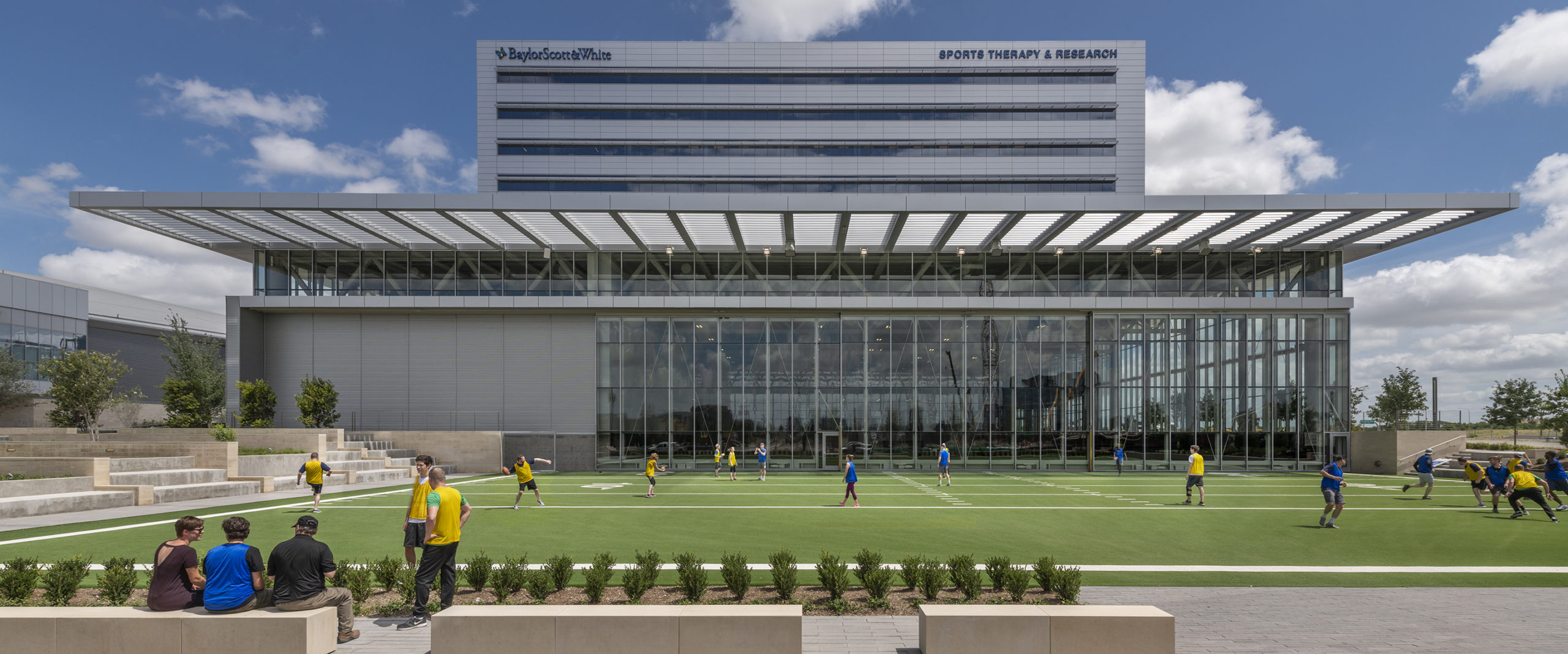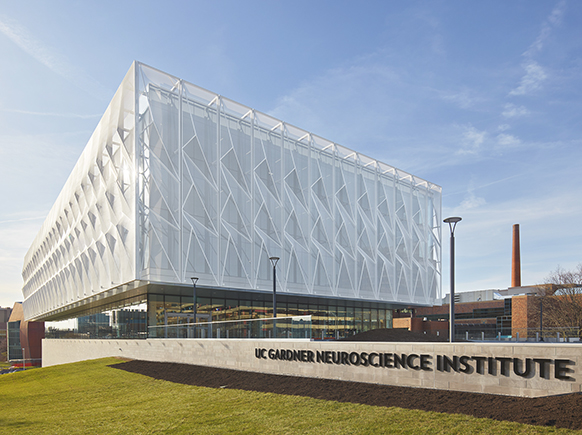Consider a day in the life of Mike, a hypothetical NBA star athlete: still recovering from a recent sprained ankle, Mike wakes up at 7:00am and drives to his team’s new practice facility. Breakfast awaits in the café run by the team nutritionist, where a variety of healthy options lie before him. He then heads to the locker room to get changed before walking 100 feet to see his personal athletic trainer and team doctor in the sports medicine clinic. He moves from hot plunge pools to a treatment table before getting stretched out. After a few recent sessions with the physical therapist, he’s able to finally get back to lifting in the performance center today, directed by the team strength coach who has crafted a personal plan for Mike’s workout. Following meetings, another meal, and light practice on the indoor field, Mike heads to the attached medical center for his appointment at the research lab where performance diagnostics are measuring his vitals, sweat, and range of motion in order to compare his post-practice statistics to those taken immediately after the injury a few days prior. When he’s done, Mike moves to the recovery lounge and spends a few minutes in a cryosauna before sitting and receiving electrical stimulation, watching video from the game while he waits for it to take effect. He finishes the day back in the locker room, showering, changing, and heading home.
Now let’s look at a day in the life of, well, me: I wake up most days at 5:00am to hop on the train and commute an hour into Boston to exercise before the work day. I attend a barre or yoga class at a fitness club where I have a membership that includes unlimited classes, fancy shampoo, and the option to receive discounted massages if I pony up the cash. I train on my own based on how I’m feeling each day. When all is said and done, I probably work out five times a week, pretty good considering where I was a year ago.








